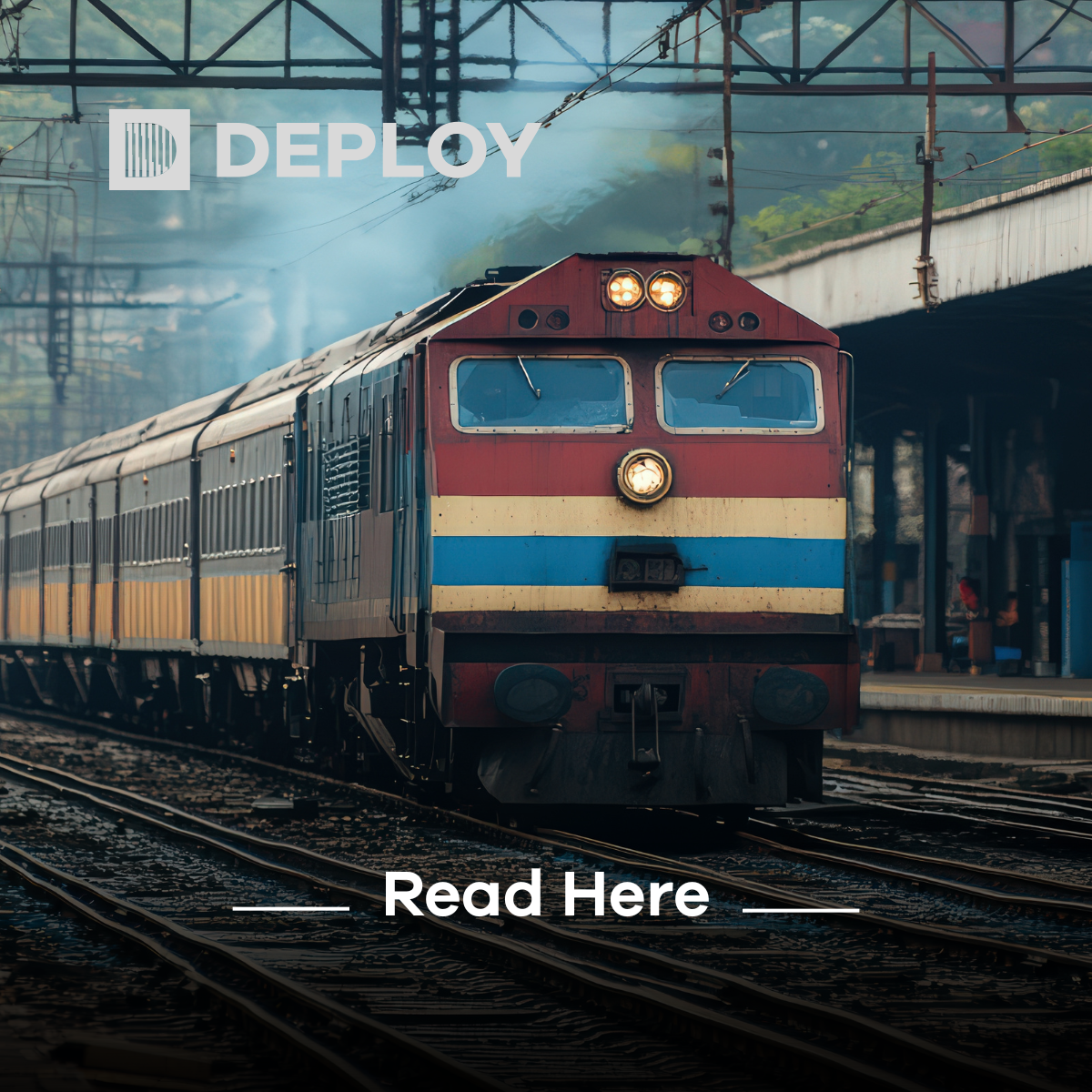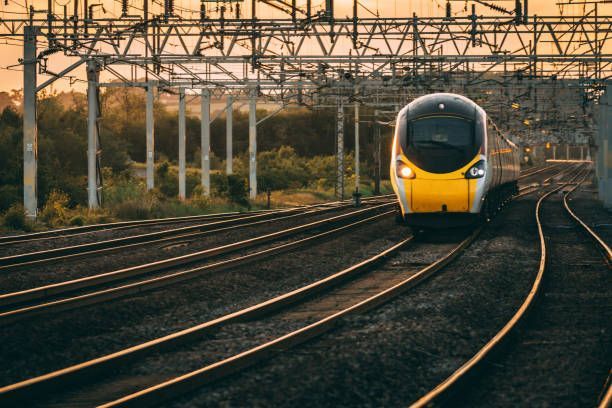Learning from Near Misses: Turning Safety Incidents into Smarter Rail Infrastructure
A culture built on learning, not blame
Every rail professional knows the phrase “it was a close call.” On the UK rail network, those words aren’t brushed aside—they’re logged, investigated, and turned into lessons.
In one of the world’s safest rail systems, incidents are rare. But close calls still happen — a tool left on track, a misread signal, a miscommunication during maintenance. Each one is a chance to learn before harm occurs.
For companies working across rail and infrastructure, safety is more than compliance. It’s a shared responsibility that protects people, assets, and reputation. Deploy works with clients and candidates who live that principle daily — where every project, every shift, and every conversation contributes to building safer systems.
The power of the near miss: why close calls matter
Near misses are often called the “gold dust” of safety management. They’re moments when the system failed — but luck intervened.
According to RSSB data, the UK rail industry receives thousands of close-call reports each year through Network Rail’s Close Call System. Each one is logged, analysed, and shared across projects. The process doesn’t assign blame — it identifies patterns, improves design, and strengthens behaviours.
When analysed collectively, these reports tell a bigger story:
- Where fatigue or human error commonly occur
- Which work environments carry recurring risks
- Where communication or procedures are breaking down
By learning from close calls, organisations move from reactive safety (responding to incidents) to proactive resilience (predicting and preventing them).
Complacency: the invisible threat in mature infrastructure
The rail industry’s strong safety record can create an unintended risk — complacency. When accident rates are low, the sense of urgency to report or investigate near misses can fade.
Leaders must guard against what the Office of Rail and Road (ORR) calls “the illusion of safety stability.” Just because no one has been hurt doesn’t mean risks have disappeared. The same underlying causes that led to near misses could one day cause harm.
A safety culture that values continuous curiosity is essential. It means rewarding early reporting, ensuring every voice counts — from engineers to site managers — and treating close calls as opportunities, not paperwork.
From data to insight: learning from close calls
Collecting reports is one thing. Turning them into insight is another.
Leading rail organisations use analytics tools and shared databases to spot trends across sites, contractors, and regions. For example, RSSB’s Safety Management Intelligence System (SMIS) consolidates thousands of data points, revealing where new training, design reviews, or procedural updates are needed.
But technology alone can’t create change. What matters most is interpretation and communication — the ability for leaders to translate findings into clear, actionable improvements.
Best practices include:
- Regular “learning from experience” briefings that cascade lessons from one project to another.
- Integrating safety learnings into design reviews, rather than treating them as post-incident actions.
- Using dashboards to visualise data and track progress over time.
Deploy’s partners increasingly seek candidates who can bridge these worlds — professionals who understand both the operational realities on-site and the analytical mindset required to interpret safety data meaningfully.
Embedding safety-first thinking in every project
Safety isn’t a department; it’s a behaviour.
The best-performing infrastructure projects bake safety into everything — from induction to delivery. Safety-first thinking starts before anyone sets foot on-site. It’s written into tenders, discussed in project kick-offs, and revisited in every planning meeting.
Network Rail’s “Home Safe Every Day” campaign captures this perfectly. It’s about habitual mindfulness — making safety not just a process but a shared identity.
For project teams, that means:
- Creating psychological safety so people report issues early.
- Holding joint safety stand-downs between client and contractor teams.
- Recognising and rewarding proactive safety behaviours.
At Deploy, we see first-hand how this mindset transforms project outcomes. When candidates join teams that value openness and learning, engagement rises — and incidents fall.
Building smarter infrastructure through shared accountability
Tomorrow’s rail infrastructure will be safer not because it’s more automated, but because it’s more connected — in data, design, and culture.
Smart infrastructure isn’t just sensors and digital twins. It’s also shared responsibility. Each layer of the supply chain — from principal contractors to agency labour — must understand their influence on safety performance. That’s why clients now look for partners who bring more than manpower. They want people who align with their values, question assumptions, and spot patterns before they escalate.
Deploy’s approach reflects this shift: connecting safety-conscious professionals with rail organisations that see learning as an advantage, not a cost.
By linking human expertise with digital insight, the industry can move from managing risk to designing it out entirely.
Conclusion – Safer systems, stronger culture
Every close call is a message from the future — a warning of what could happen, and a chance to make sure it doesn’t.
The UK rail sector continues to lead globally in safety culture, but its next evolution depends on learning faster and sharing wider.
When data meets empathy, and when accountability is shared from the boardroom to the ballast, safety becomes not just a standard — but a legacy.
FAQs
1. What is a “close call” in rail safety?
A close call is an event that could have led to injury or damage but didn’t. It’s reported, investigated, and used to prevent future incidents.
2. How does the UK rail industry manage near-miss reporting?
Network Rail’s Close Call System and RSSB’s Safety Management Intelligence System (SMIS) collect and analyse thousands of reports across the network.
3. Why is complacency dangerous in rail safety?
Complacency can make organisations ignore early warning signs. Continuous vigilance ensures minor issues don’t become major incidents.
4. How can recruitment influence safety culture?
By hiring people who value safety, communicate openly, and act proactively, organisations strengthen their collective safety performance.
5. What’s next for rail safety?
Smarter data sharing, connected systems, and human-centric leadership will define the next era of safety excellence in UK rail.





